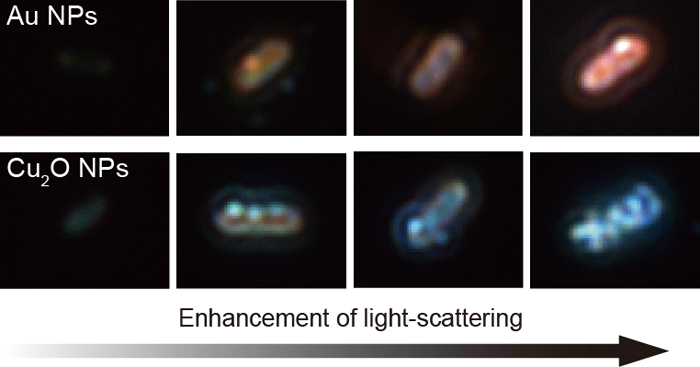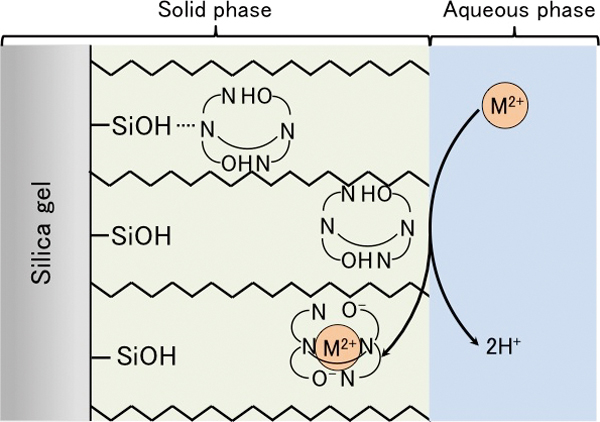32 巻, 3 号
選択された号の論文の22件中1~22を表示しています
- |<
- <
- 1
- >
- >|
Call for Papers
-
原稿種別: Call for Papers
2016 年 32 巻 3 号 p. 265
発行日: 2016/03/10
公開日: 2016/03/10
PDF形式でダウンロード (197K) -
原稿種別: Call for Papers
2016 年 32 巻 3 号 p. 267
発行日: 2016/03/10
公開日: 2016/03/10
PDF形式でダウンロード (209K)
-
原稿種別: Guest Editorial
2016 年 32 巻 3 号 p. 269
発行日: 2016/03/10
公開日: 2016/03/10
PDF形式でダウンロード (140K)
Original Papers
-
原稿種別: Original Papers
2016 年 32 巻 3 号 p. 271-274
発行日: 2016/03/10
公開日: 2016/03/10
PDF形式でダウンロード (3543K) -
原稿種別: Original Papers
2016 年 32 巻 3 号 p. 275-280
発行日: 2016/03/10
公開日: 2016/03/10
PDF形式でダウンロード (1355K) -
原稿種別: Original Papers
2016 年 32 巻 3 号 p. 281-285
発行日: 2016/03/10
公開日: 2016/03/10
PDF形式でダウンロード (1195K) -
原稿種別: Original Papers
2016 年 32 巻 3 号 p. 287-293
発行日: 2016/03/10
公開日: 2016/03/10
PDF形式でダウンロード (1387K) -
原稿種別: Original Papers
2016 年 32 巻 3 号 p. 295-300
発行日: 2016/03/10
公開日: 2016/03/10
PDF形式でダウンロード (1176K) -
原稿種別: Original Papers
2016 年 32 巻 3 号 p. 301-305
発行日: 2016/03/10
公開日: 2016/03/10
PDF形式でダウンロード (1304K)
Notes
-
原稿種別: Notes
2016 年 32 巻 3 号 p. 307-311
発行日: 2016/03/10
公開日: 2016/03/10
PDF形式でダウンロード (2555K)
Original Papers
-
原稿種別: Original Papers
2016 年 32 巻 3 号 p. 313-316
発行日: 2016/03/10
公開日: 2016/03/10
PDF形式でダウンロード (623K) -
原稿種別: Original Papers
2016 年 32 巻 3 号 p. 317-322
発行日: 2016/03/10
公開日: 2016/03/10
PDF形式でダウンロード (802K) -
原稿種別: Original Papers
2016 年 32 巻 3 号 p. 323-328
発行日: 2016/03/10
公開日: 2016/03/10
PDF形式でダウンロード (1088K) -
原稿種別: Original Papers
2016 年 32 巻 3 号 p. 329-336
発行日: 2016/03/10
公開日: 2016/03/10
PDF形式でダウンロード (1169K) -
原稿種別: Original Papers
2016 年 32 巻 3 号 p. 337-342
発行日: 2016/03/10
公開日: 2016/03/10
PDF形式でダウンロード (772K) -
原稿種別: Original Papers
2016 年 32 巻 3 号 p. 343-347
発行日: 2016/03/10
公開日: 2016/03/10
PDF形式でダウンロード (664K) -
原稿種別: Original Papers
2016 年 32 巻 3 号 p. 349-353
発行日: 2016/03/10
公開日: 2016/03/10
PDF形式でダウンロード (729K) -
原稿種別: Original Papers
2016 年 32 巻 3 号 p. 355-359
発行日: 2016/03/10
公開日: 2016/03/10
PDF形式でダウンロード (2114K)
Notes
-
原稿種別: Notes
2016 年 32 巻 3 号 p. 361-365
発行日: 2016/03/10
公開日: 2016/03/10
PDF形式でダウンロード (2318K) -
原稿種別: Notes
2016 年 32 巻 3 号 p. 367-370
発行日: 2016/03/10
公開日: 2016/03/10
PDF形式でダウンロード (1216K) -
原稿種別: Notes
2016 年 32 巻 3 号 p. 371-374
発行日: 2016/03/10
公開日: 2016/03/10
PDF形式でダウンロード (4101K)
Announcements
-
原稿種別: Announcements
2016 年 32 巻 3 号 p. 375
発行日: 2016/03/10
公開日: 2016/03/10
PDF形式でダウンロード (2756K)
- |<
- <
- 1
- >
- >|


















